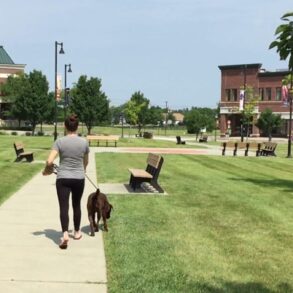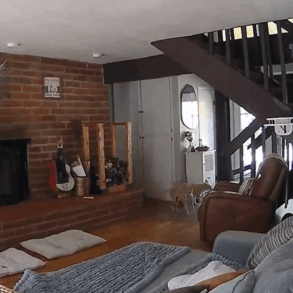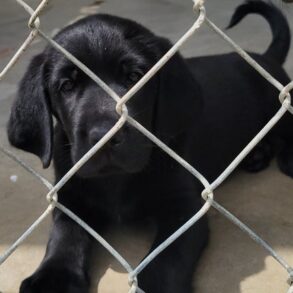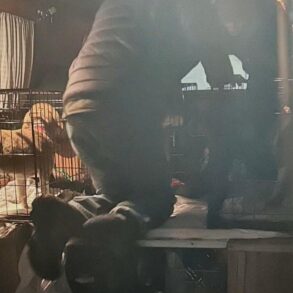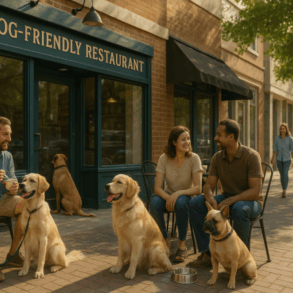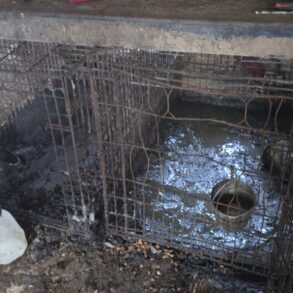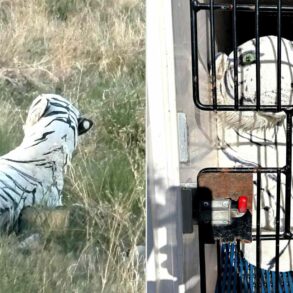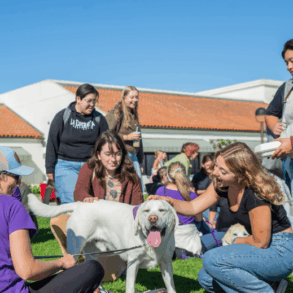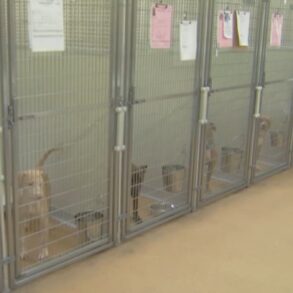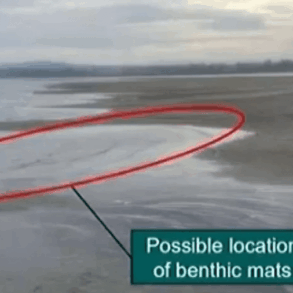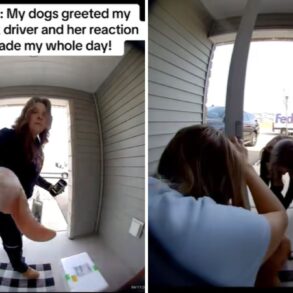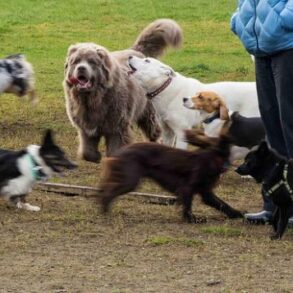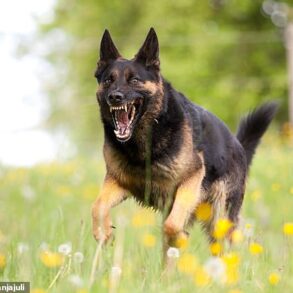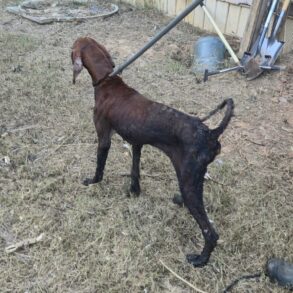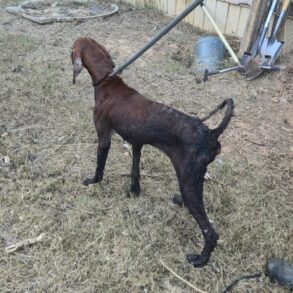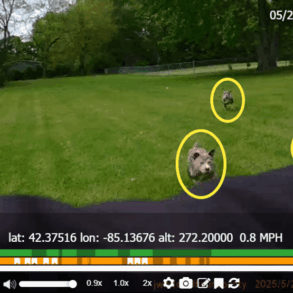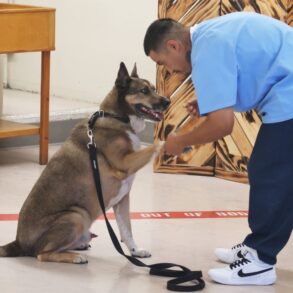Unlock the Editor’s Digest for free
Roula Khalaf, Editor of the FT, selects her favourite stories in this weekly newsletter.
Robot dogs are multiplying fast around the world, metamorphosing from amusing playthings to trusted companions deployed in a wide range of terrains from production plants to battlefields.
The growing use of the caninoids is part of a wider revolution in robotics, as advances in both hardware and software make the machines better able to adapt to difficult environments.
The mechanised quadrupeds hit a sweet spot by being both useful and predictable. They share crucial attributes with androids such as being able to walk. But their lower centre of gravity means they suffer less from problems, such as instability on rough ground, that have held back efforts to roll out two-legged robots.
The field has come a long way since the launch in the late 1990s of Sony’s Aibo robot dog. It became an immediate sell-out sensation but was ultimately a cute curiosity.
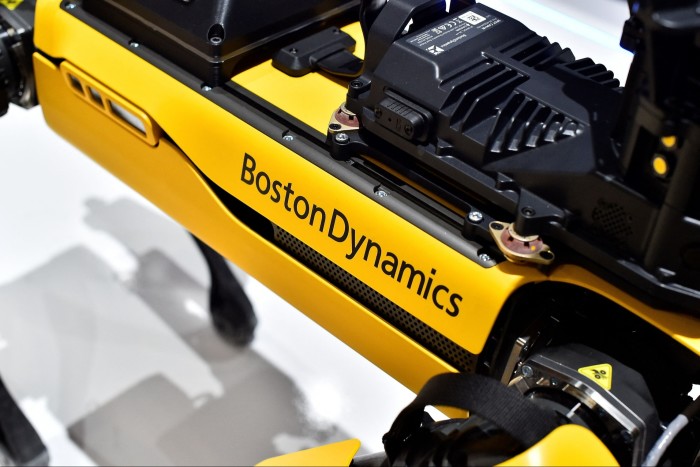
Fast forward a quarter-century and mechanised hounds are being set to work in many jobs that are repetitive, arduous or potentially hazardous for humans. They have what has been dubbed “athletic intelligence”: the ability to move around and recalibrate in the face of difficulties, such as walking on stony ground.
Uses include post-disaster search and rescue, nuclear decommissioning and explosives disposal. The UK government announced in February that it had successfully conducted a trial to use advanced robots, including dogs, to detect and defuse bombs.
Robot hounds such as Boston Dynamics’ Spot are an increasingly common sight on industrial production facilities, where they can perpetually monitor for safety or efficiency problems. Pharmaceuticals group GSK has used a bespoke Spot inspector to check over tanks of the propellant used in the company’s Ventolin inhalers, for example.
These complex environments illustrate how AI is helping to improve robots’ capabilities. When brewing giant AB InBev’s version of Spot encountered slippery floors while looking for air leaks in canning lines, its Boston Dynamics masters used machine learning simulations to teach it to cope.
Robot dogs are increasingly sighted on China’s streets, sometimes as fun playthings that people dress in costumes. In Singapore, the mechanised canines have been used to guide people with visual impairments.
The four-legged automatons are also used in security. They have been seen patrolling the grounds of President Donald Trump’s Mar-a-Lago resort in Palm Beach, Florida.
Military uses of the dogs have been growing, even if some manufacturers are uncomfortable with this. Chinese state media last year broadcast footage from a military exercise in which mechanical canines fired weapons from their backs.
More from this report
Ukraine has used robot dogs on the battlefield in its fight against Russian invasion and the US has tested an anti-tank weapon strapped to one.
These hard-edged uses have highlighted the potential image problems with which robot dog manufacturers and users have to contend. The thought of quadruped armed automatons roaming the streets conjures dystopian images similar to the scuttling surveillance spiders in the film Minority Report.
Robot dog manufacturers are also grappling with technical challenges. The machines can sometimes still be confounded when they perceive environments — such as tall grass — as impassable, when they are not.
Meanwhile, the ersatz canines’ capabilities are expanding all the time.
A Chinese-led team of scientists this month unveiled an amphibious robotic dog, inspired by terrestrial mammals’ ability to swim. Potential future applications of the technology include in environmental research, military vehicles and rescue missions, the researchers said.
The machine achieved speeds of about 0.6km/hr, or just under half of what it could manage on land. The swimming motion mimicked the paddling of real dogs, helped by its double-jointed legs. Efforts to balance its weight and buoyancy improved its stability in water.
“This innovation marks a big step forward in designing nature-inspired robots,” said Yunquan Li, a co-author of the research published in the journal Bioinspiration and Biomimetics.
The cases in which robot dogs can be helpfully deployed continue to grow as the technology develops, in a sign of how they are becoming increasingly versatile partners to humans — just like their living counterparts.
This post was originally published on this site be sure to check out more of their content.




